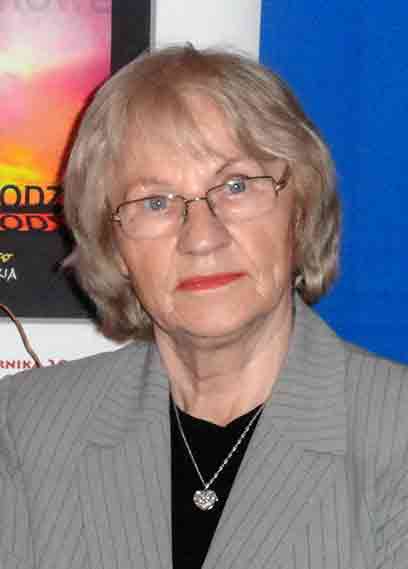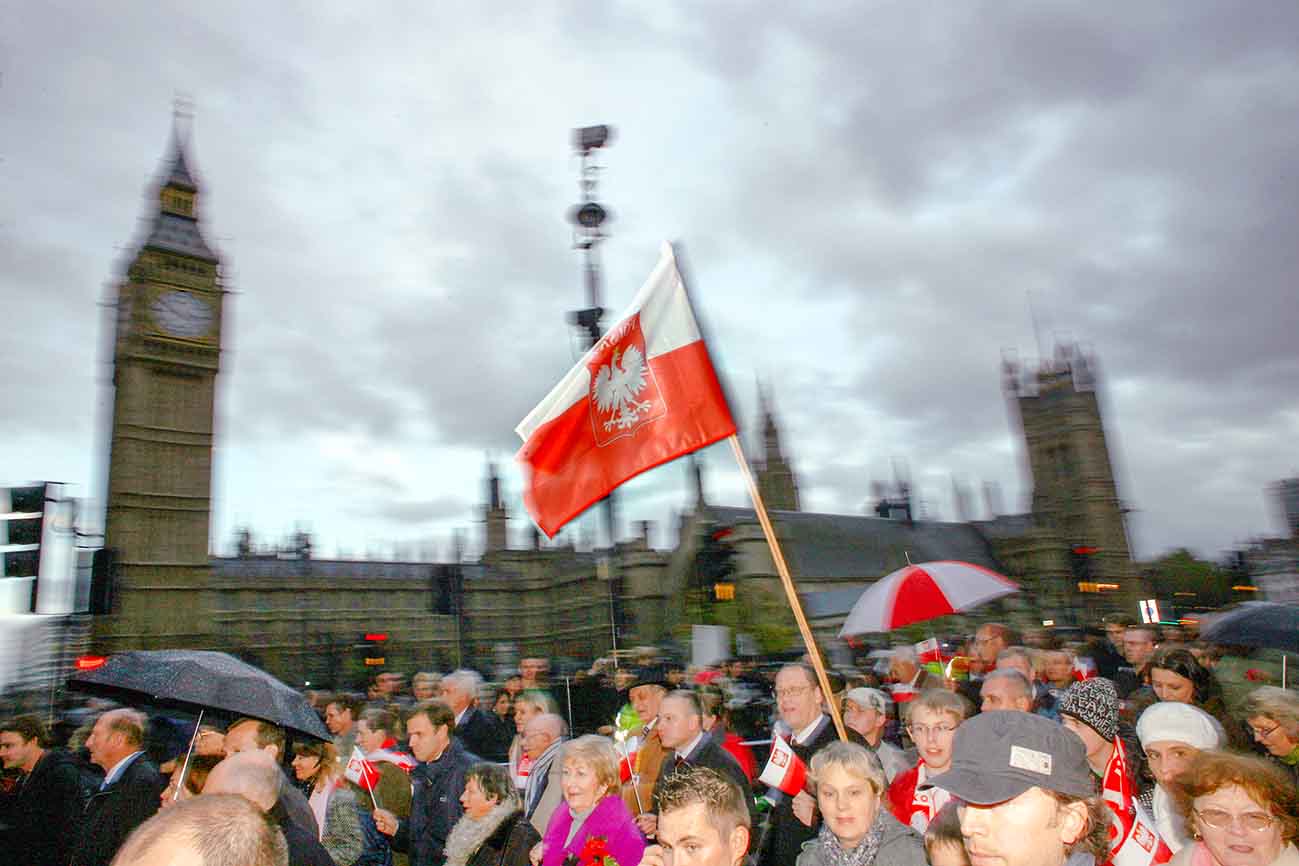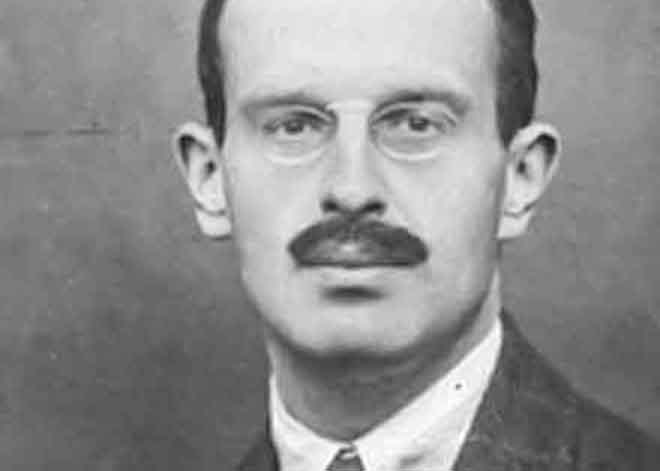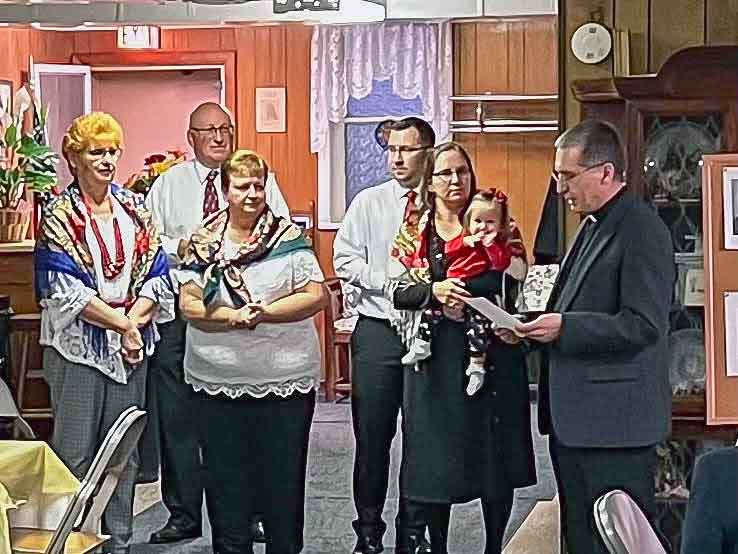According to sources collected and analyzed by the author of "Polish History in America" Wacław Kruszka, the first Pole who set foot in Wisconsin was Wincenty Serafin Dziewanowski. His story is quite typical of the character of Poles and the development of the United States.
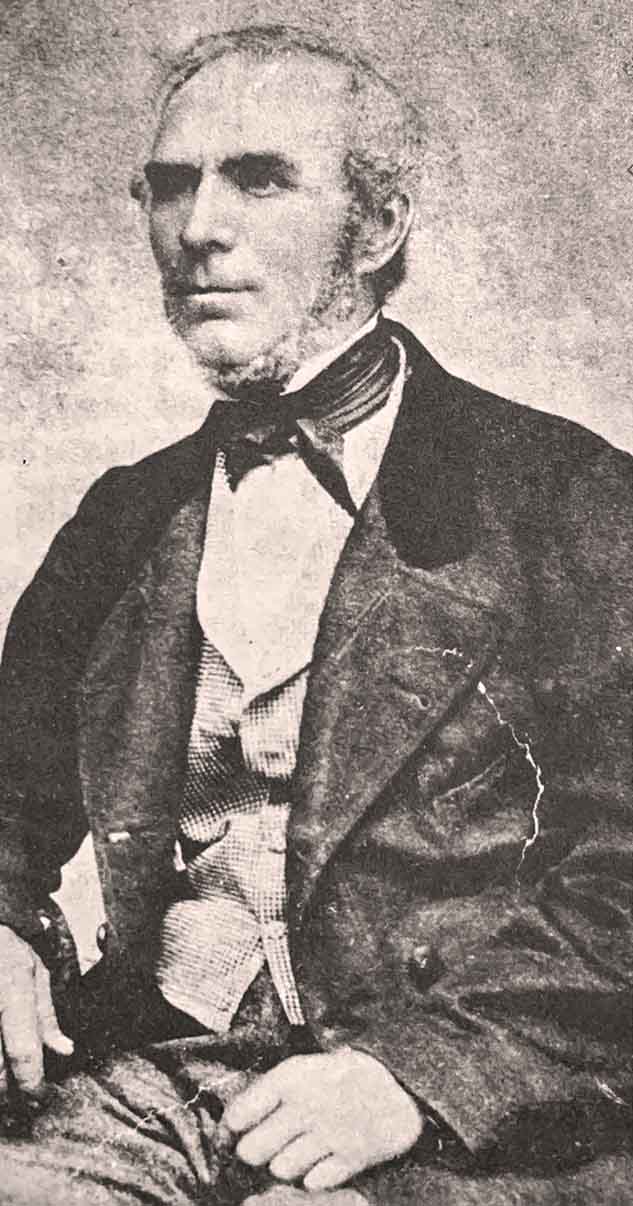
Wincenty Dziewanowski (Source: Kuryer Polski Archives)
According to documents, he was born on April 5, 1804 in Podolia. He was the youngest of four children of Serafin and Salomea Dziewanowski. He was raised only by his mother, as he lost his father when he was only two years old. When the November Uprising broke out, Wincenty was a law student. He quickly enlisted in the insurgent army and quickly attained the rank of officer. As a major and commander of an insurgent unit, he was taken prisoner, from which he managed to escape from the place of detention. He was hiding and running away from the Tsar's agents who were chasing the insurgents. He stayed in the Austrian partition in Brno until 1833. Then Russia demanded the extradition of escaped insurgents.
As a count, Wincenty Dziewanowski asked for help from Prince Ferdinand, who interceded on behalf of the insurgents. The Austrians, after negotiations with Tsar Nicholas, decided to send 235 insurgent soldiers to America. Dziewanowski's family property was confiscated, and his mother and sisters were deported to Siberia.
The journey of the former insurgents from Brno to Trieste lasted three and a half months. Vincent noted the following in his diary:
I, the undersigned, having been verbally notified by the Austrian government that the courts of France and England, in short, all European courts, excluding Russia, Poland and Prussia, were to refuse us a poorhouse, and therefore, at the insistence of the local authorities, I surrender to North America in the United States .
The exiles' journey to New York lasted four months and six days. The wanderers were promised comfort on the ship, and after reaching the destination, they would be helped with 100 gouldens in silver (the price of about 100 lbs of coffee, or 300 lbs of rice at the time, worth about 5,000 in today's dollars - ed.) to settle in the new conditions. None of these promises have been fulfilled.
Dziewanowski wrote in his diary:
We were left on the shore without any money, without any notification to the American government and without any recommendation.
After the intervention of the Italian consul, the matter was settled amicably. The Poles received $50 each (the equivalent of about $1,600 today) and had to organize their own lives.
Wincenty traveled on foot from one town to another. In order to earn his keep, he was engaged in chopping wood, clearing forests, working in a printing house, learning turnery, accepting all kinds of jobs. He was an itinerant peddler selling needles, ribbons, bowls, plates and forks. He was still on his way to Illinois, his promised land, because he had heard that they were giving land to newcomers there to develop.
Arriving in Galena, a town bordering Wisconsin, he inquired earnestly about the land. He found it, but it was already taken by other settlers. In Galena he met the son of Alexander Hamilton, with whom he became friends and who hired him to work in lead smelting. Wincenty quickly learned a new profession and soon became the overseer of furnaces for smelting this metal. Business was booming, so he was sent to Muscoda, on the Wisconsin River, to build and oversee new lead smelting furnaces.

Obelisk in Avoca with the names of the participants in the civil war. (Photo: Marcin Murawski)
In the new location, the land was fertile and agricultural, so Wincenty Dziewanowski decided to start all over again. With the money he earned smelting lead, he bought land in the Underwood River Valley in September 1838, three miles from the Wisconsin River and two miles from the town of Avoca. He began to farm in an exemplary, modern manner for those times. He cultivated the land and raised cattle. He expanded the acreage of his farm, perfected farming methods. He built a dairy, which is named in the list of the first processing plants. He built a large house, which often served the local population as a shelter from Indian attacks. He was a religious guide in his town.
The district in which he settled was named Pulaski Town out of respect for his merits. Wincenty called his farm, which included 300 acres of land, "Warsaw". He was a respected citizen in the town and the surrounding area. He participated in its governance. In the years 1855, 1856, 1857 he was an assessor, and in 1867, as one of the two members of the presidium of the city council.
In 1843, he married General Bracken's niece, Mary Jane McKown, with whom they formed an exemplary family. They raised their children to be good citizens and patriots. They had two sons, Gilbert, who died in infancy, and Mikołaj, who died in the Civil War as a Union Army sergeant. Two daughters, after getting married, did not keep their family name.

Wincenty Dziewanowski's tombstone with a short biography engraved (Photo: Marcin Murawski)
A nobleman born into great wealth, Wincenty Dziewanowski adopted in 1830 the assumptions of the Polish revolution. His case collapsed, his property was confiscated, thanks to the intercession of his friend Ferdinand of Austria, Tsar Nicholas banished him from Russia to America. She sailed from Trieste in November 1833.
He arrived in New York in March 1834. He began his westward journey on May 21, 1835, passing through New Jersey, Pennsylvania, Ohio, Indiana. Engaged as a lead ore smelter by William S. Hamilton in Galena on November 17, 1835. On September 4, 1838, he took his first tract of government land - now Avoca. He [made] the neighboring country his permanent home.
He had become an American both in spirit and by adoption, and despite his aristocratic upbringing, he was an uncompromising supporter of democratic orders of life.
As a first-generation immigrant, Wincenty Dziewanowski tried to blend in with the life of the local community and did not teach his children the Polish language. His youngest daughter, Mary, regretted that she could not read the diary that her father had written in Polish.
According to "Polish History in America" by Fr. Wacław Kruszka, Wincenty Dziewanowski was a pioneer of settlement, the first Polish settler in Wisconsin. He died at his home in Avoca on April 5, 1883. Both he and his loved ones found a place in the local cemetery in Avoca. Here they lived, worked, and here they stayed forever.
The name Dziewanowski, although from a different branch of the family, will go down in the history of the Polish community in Wisconsin more than once.



